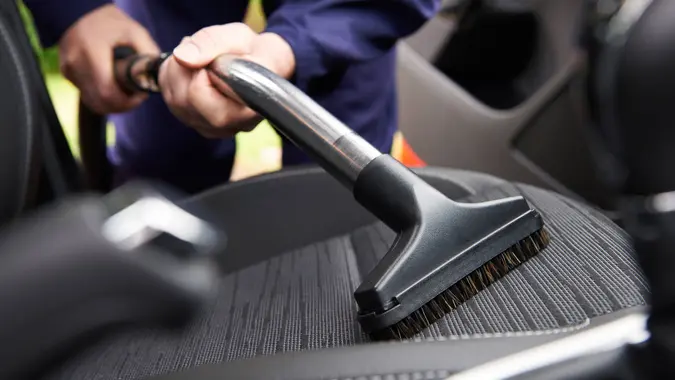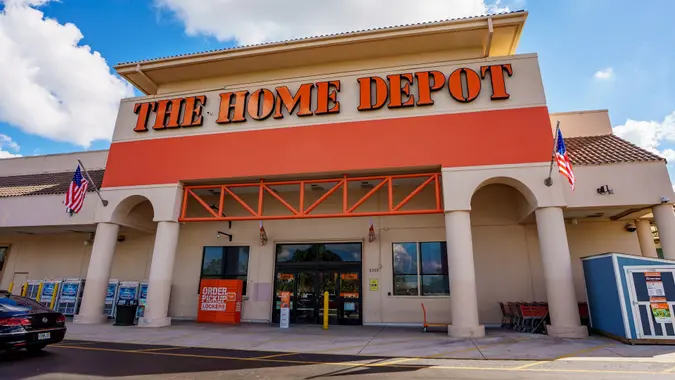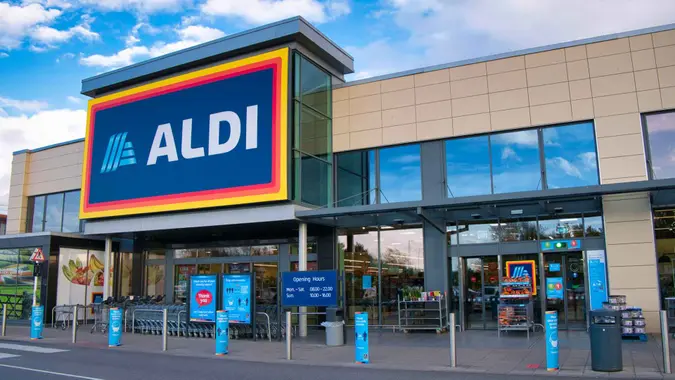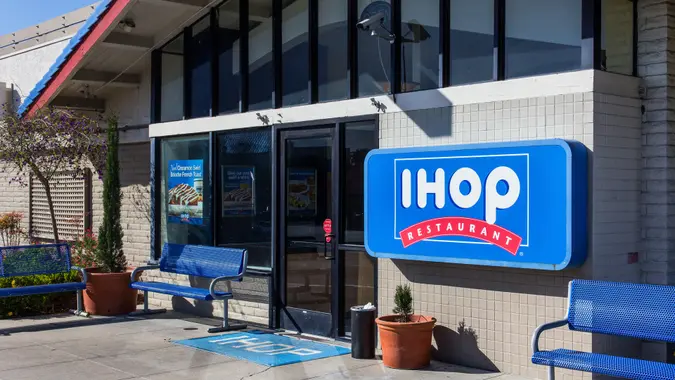5 Ways the 6 to 1 Grocery Shopping Method Is Costing You Too Much Money

Commitment to Our Readers
GOBankingRates' editorial team is committed to bringing you unbiased reviews and information. We use data-driven methodologies to evaluate financial products and services - our reviews and ratings are not influenced by advertisers. You can read more about our editorial guidelines and our products and services review methodology.

20 Years
Helping You Live Richer

Reviewed
by Experts

Trusted by
Millions of Readers
If one of your New Year’s resolutions was to save on groceries, you may have come across the 6 to 1 grocery shopping method, which advocates for eliminating food waste and saving on food costs.
“The 6 to 1 method is a grocery shopping strategy where you put six vegetables, five fruits, four proteins, three starches, two sauces and one fun, nonessential item in your grocery cart,” explained Janita Grift, finance expert and owner of Frugal Fun Finance.
Sounds smart, right? But according to experts, it’s crucial to note that this technique can potentially escalate your grocery costs.
“In our quest to stretch our dollars further, many of us have turned to the 6 to 1 grocery shopping method as a way to cut back on dining-out expenses,” said Alyssa Huff, a real estate specialist and finance expert. “But before we stock up on bulk buys and plan meals for the week, let’s take a closer look at the potential pitfalls that may lurk beneath the surface of this seemingly savvy strategy.”
Here are some ways this method may rack up more expenses than benefits.
You Can Do With Less
“In my experience, this method ends up costing you more money,” Grift said. “You don’t need four different proteins to get through the week. Instead, choose one or two to use in your recipes.
“Let’s say that you spend $40 per month on four meat-based proteins. Not only are you spending more on meat, but you run the risk of all four meats going bad by the time they expire.
“Alternatively, spend $30 per month on two proteins and buy larger quantities or buy cheaper proteins like beans and lentils.”
Grift said the same concept goes for vegetables: “Choose two to three vegetables to use in all your recipes for one week instead of six. When I buy two or three vegetables instead of six, I end up saving around 20% on my grocery bill — just as a single person!
“I can buy cheaper veggies and buying packages in bulk is even cheaper than buying small amounts.”
There’s Limited Variety
“Imagine sitting down to yet another meal of the same old chicken and rice, feeling uninspired and craving something different,” Huff said. “That’s the downside of planning these meals: It can leave your taste buds yearning for variety.
“Before you know it, you’re tempted to ditch your home-cooked dinner plans in favor of a night out on the town, all in search of a little culinary excitement.”
It Doesn’t Take Rising Costs Into Account
“The lack of flexibility in the 6 to 1 method can lead to unnecessary expenditures,” said Jonathan Feniak, general counsel at LLC Attorney. “For instance, when seasonal items or sales don’t align with your six ‘staple’ purchases, you may miss out on the opportunity to save money.”
“Life is full of surprises, and so is the grocery bill,” Huff noted. “From unexpected price hikes to supply chain snags, there’s a lot that can throw a wrench into your budgeting plans.
“The 6 to 1 method might not leave room for these curveballs, leaving you scrambling to cover the extra costs and wondering where your savings went.”
‘Luxury’ Items Can Inflate Your Budget
”The ‘one exciting item’ rule may cause unplanned luxury purchases that can inflate your budgets,” Feniak observed. “A better practice might be creating a definitive list prioritizing needs over wants and incorporating room for flexibility and changes.”
You Can Inadvertently Overstock
“The undifferentiated categorization may prompt you to overstock on supplies,” Feniak said. “As finance and resource management go hand in hand, overbuying can lead to wastage and higher costs in the long run.”
Other experts agree.
“Picture yourself standing in the aisles, tempted by those enticing bulk discounts and promotions,” Huff said. “It’s easy to get swept away by the promise of savings, but beware: That ‘great deal’ might lead to overspending as you load up your cart with more than you actually need. It’s a classic case of the bulk buying illusion tricking us into thinking we’re saving money when we’re actually spending more.
“Now imagine the frustration of discovering that some of your purchases have gone bad before you could even use them,” Huff added. “It’s a real-world reminder that limited storage space can lead to wasted food and wasted money, despite our best intentions to save.”
 Written by
Written by  Edited by
Edited by 

























